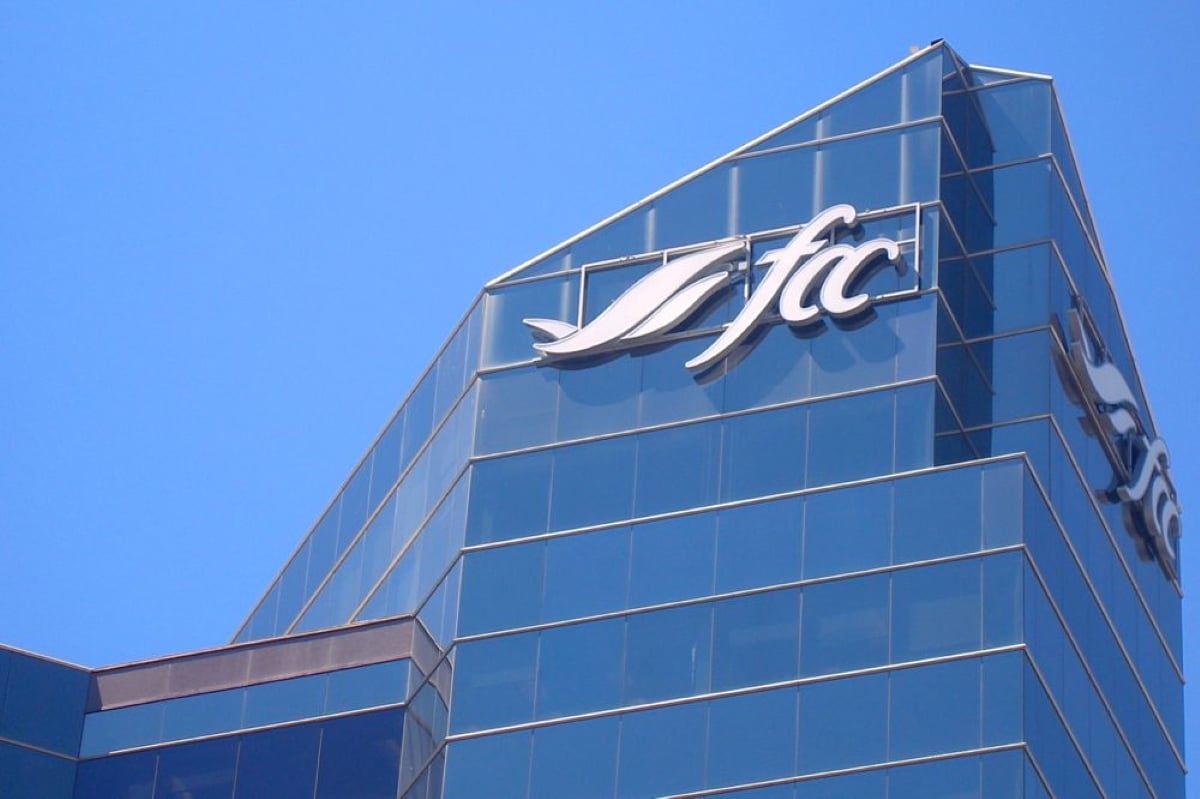Farmers have been staring down fertilizer dealers since harvest and there’s at least the illusion of success.
Prices have dropped substantially since the high prices of last summer and early fall.
Alberta’s monthly farm input price survey says urea 46-0-0, which peaked last October at $935 per tonne, had dropped to $606 by February.
Phosphate 11-51-0 peaked at $1,370 per tonne and had dropped to $876 by February.
That’s made some farmers cocky, thinking they can bend input dealers over the barrel this spring and drive down prices further.
Read Also

Farm Credit Canada partners with major Toronto innovation hub
A FCC parntership with MaRS Discovery District aims to solve technology problems in food supply chains.
However, many experts think it’s more likely to be the farmers who get bent over the barrel.
“It certainly seems we could start to move those prices higher,” said DTN senior analyst Darin Newsom.
“New lows? I don’t think that’s going to happen.”
Not only are prices likely to go higher, analysts say, but farmers might have trouble getting fertilizer at all if they wait too long. Slow sales over the winter caused manufacturers to close plants. If too many farmers rush to buy fertilizer right before seeding, some may find themselves at the back of the queue once warehouses empty and there are no supplies to refill them.
“Farmers might have to blink and we may either have to get into line (for fertilizer) or go without fertilizer,” Newsom said.
“I don’t think anyone wants to push the game of chicken that far.”
Ian Wishart, president of Keystone Agricultural Producers, doubts fertilizer prices can come down much further, even if it is possible to still find discounted supplies at the ports on the Gulf of Mexico. By the time those supplies reach Western Canada, most of the differential disappears.
As well, prairie dealers already have lots of supply in their warehouses that they need to clear. They are on the opposite side of the fertilizer stare down: they aren’t cutting prices further and won’t offer forward prices for anhydrous ammonia because they think prices are going to move higher.
These dealers aren’t greedy – they’re just trying to avoid going broke by discounting the price of fertilizer that they bought from manufacturers last summer.
“They are sitting atop some pretty high price inventory and boy, they’re sure hoping prices come back so they don’t take a beating on it,” said Wishart, who sympathizes with local dealers and blames the big manufacturers for last year’s high prices.
“Some of these guys took major hits last fall. They’re still living with some of it and keeping it on their books as potential recapture, but they won’t carry it past spring.”
Wishart thinks most independent dealers will soldier through the seeding season, selling at whatever price they can get, but if they take major losses some will likely go bankrupt.
“In the long term that’s not good for our industry,” he said.
“The local dealer is really your friend and ally. He got misled just as much as you did.”
Newsom said he thinks the fertilizer price trend will closely follow that of crude oil, which it has been doing for the past year. He believes crude has set its lows for the next three to six months, which underlies his belief that fertilizer prices are set to move higher.
“We should rally into spring and summer as demand starts to pick up.”
David Asbridge of Doane Advisory Services in St. Louis, Missouri, told the Grain World conference in Winnipeg in February that urea and phosphate fertilizer prices have now fallen slightly below the long-term trend line after rising far above it in 2008. By that measure, only potash is overpriced in the U.S. Midwest.
U.S. nitrogen supply is relatively stable now, but domestic production fell sharply in the past decade, from just below 14 million tonnes to less than 10 million. Offshore imports have made up the difference.
From producing more than half of its domestic urea needs in 1998, U.S. production has dropped to about 30 percent. About 45 percent of U.S. ammonia demand is met by imports now, compared to about 10 percent a decade ago.
Asbridge said demand for fertilizer has been growing because about 52 million acres of farmland have been put into production around the world since 2006 as crop prices rose.
Earlier in the 2000s when grain prices were lower, much fertilizer production capacity was eliminated, so when crop prices rose and demand for fertilizer for corn and other crops went up, prices naturally rose.
However, the impact of lower grain prices since the 2008 peak has yet to be seen. Many analysts believe American farmers will move millions of acres of cropland into soybeans and out of corn simply to reduce fertilizer costs.
If that occurs, or occurs on a bigger scale than expected, demand for fertilizer could be weak across the U.S. Midwest and the expected price rally and potential for seeding time bottlenecks would be minimized. That could seep over into Canada, where farmer demand has also been restrained by slow board grain movement.
“The demand isn’t there right now,” Wishart said.
“With a lot of farmers it’s all about cash flow. Grain hasn’t been moving as quickly as people hoped.”















